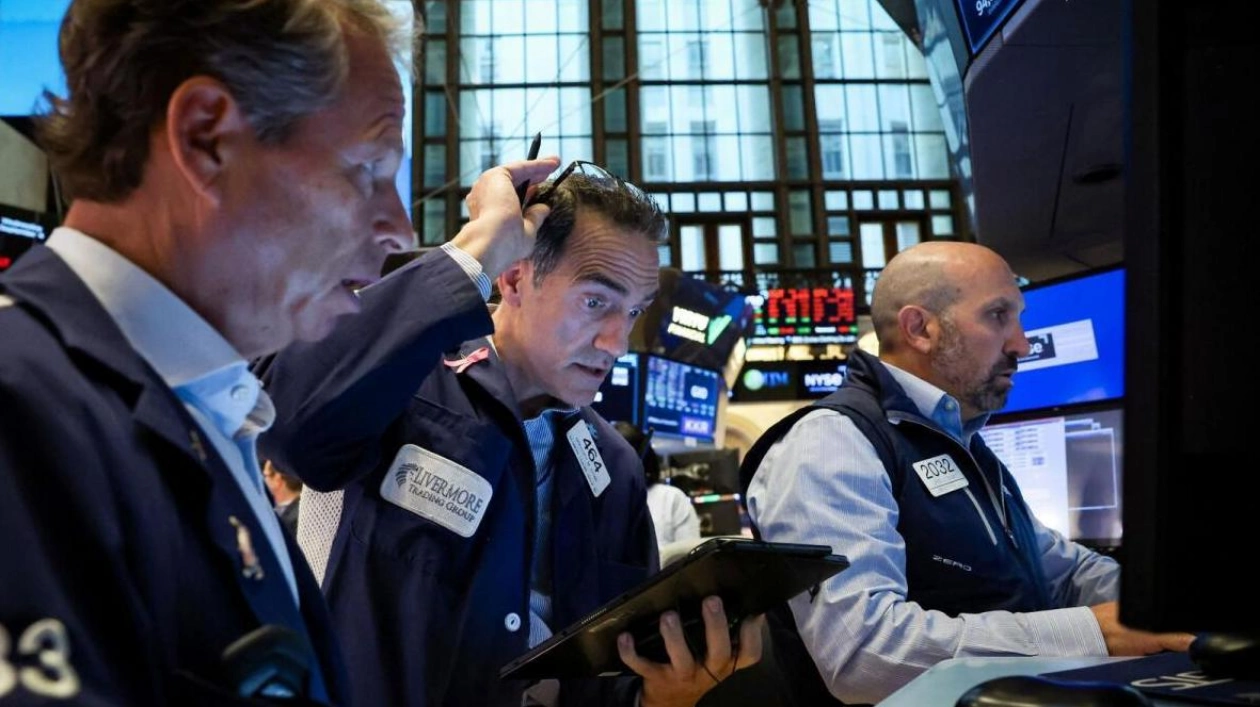Uncertainty surrounding the health of the US economy is reverberating through markets, intensifying an already turbulent period where investors are contending with shifts in Federal Reserve policy, a closely contested US election, and concerns over inflated valuations. US stocks experienced a significant decline on Friday following closely monitored jobs data that indicated a sharper-than-expected slowdown in labor market momentum, suggesting a narrower pathway for the US to achieve a soft landing—a scenario where the Fed manages to curb inflation without severely harming economic growth.
The Fed is anticipated to reduce interest rates at its September 17-18 meeting, but the recent data has reignited fears that months of elevated borrowing costs have already begun to exert pressure on the economy. This development could be unwelcome for investors, as prospects of rate cuts against a backdrop of resilient economic growth had previously propelled the S&P 500 to record highs this year.
“The data indicates that we are still on the path to a soft landing, but there are clearly increased downside risks to which the markets will be sensitive,” commented Angelo Kourkafas, senior investment strategist at Edward Jones. “The expectation of heightened volatility is a realistic one.” Signs of diminishing risk appetite were evident across various markets. The S&P 500 dropped 1.7 percent on Friday and has lost nearly 4.3 percent over the past week, marking its worst weekly decline since March 2023. Nvidia, a symbol of this year’s excitement around artificial intelligence, fell over 4 percent and was trading near its lowest level in about a month, alongside other high-flying technology stocks.
Meanwhile, the Cboe Market Volatility index, often referred to as Wall Street’s “fear gauge,” reached its highest level in nearly a month on Friday. “There is concern that the Fed may not react quickly or forcefully enough to prevent something more ominous,” noted Keith Lerner, co-chief investment officer at Truist Advisory Services. Several factors threaten to exacerbate the market’s uncertainty. Futures bets on Friday indicated investors were pricing in a nearly 70 percent chance of a 25 basis point reduction by the Fed, and a 30 percent chance of a 50 bp cut. However, for many, the issue remains unresolved.
“Markets have had to grapple with—just as the Fed is doing—whether the August payroll data reflects a labor market normalizing towards pre-Covid levels or whether it signals an economy losing dangerous momentum,” said Quincy Krosby, chief global strategist for LPL Financial, in written commentary. Others took a more pessimistic view. Citi analysts argued that the report warranted a 50 basis point cut later this month. “The takeaway from the range of labor market data is clear—the job market is cooling in a classic pattern that precedes recession,” analysts at Citi wrote.
Inflation data next week could provide further insights into the strength of the economy and help solidify bets on how much the Fed might cut rates. Concerns over valuations are also resurfacing. The S&P 500, which is up over 13 percent this year, is trading at a price-to-earnings ratio of nearly 21 times expected forward 12-month earnings estimates as of Thursday, well above its historical average of 15.7, according to LSEG Datastream. Despite a recent downturn, the S&P 500 technology sector—the largest group in the index—is trading at over 28 times expected earnings, compared to its long-term average of 21.2.
“We’ve come a long way in a relatively short period of time, and I think you’re starting to see some businesses question the cost-effectiveness of AI, which will weigh on the big tech stocks,” remarked Mark Travis, a portfolio manager at Intrepid Capital Management. Investors are also closely monitoring a closely contested US presidential election, which is entering its final stages. The race between Democrat Kamala Harris and Republican Donald Trump could draw more investor attention on Tuesday, when the two candidates debate for the first time ahead of the November 5 vote.
So far, the market fluctuations have reinforced September’s reputation as a challenging month for investors. The S&P 500 has fallen an average of nearly 0.8 percent in September since 1945, making it the worst month for stocks, according to CFRA data. The index is already down 4 percent since the month began. “Investors are hoping for a soft landing,” said Burns McKinney, senior portfolio manager at NFJ Investment Group. “It still feels fairly likely, but with each weaker jobs report, it’s becoming less and less the base case.”






